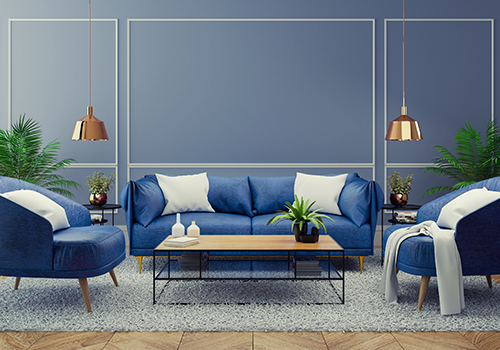Feng Shui Principles Of Interior Decoration

While evaluating a living space, the first aspect that needs to be considered is the structure. Often, the problems include irregular doors, windows, staircases, beams and rooms. While structural problems may not be changed entirely, it can be remedied. Additionally, you also need to consider the interior wall colours of the house. Here are things to take into account that align with Feng Shui practices.
Doors and Windows
Three doors or windows in a row promote a rapid speed of chi. Since in most cases an individual cannot change the structure of his or her house, the best cure is to keep a crystal between the three. A crystal helps to draw the rapid chi away from the windows or doors and allows the chi to flow in a smooth manner around the living space.
Staircases
A gently curved staircase is considered the most favourable shape inside a house. Staircases shaped in a straight line are considered bad because they allow the chi to travel swiftly through the space, spreading negative energy.
One way to cure the problem of staircases is to place either a mirror or plants on or against the wall connecting with the staircase.
Rooms
Irregularly-shaped rooms do not allow for the natural flow of chi in and around the room. The easiest way to cure an irregularly-shaped room is by using a screen to divide the room into two or by keeping indoor plants.
In addition to the above pointers, colours not just in Feng Shui, but also in other aspects of life influence an individual's mindset. Feng Shui colours in particular are believed to improve and enhance the surroundings. Since colours have a strong effect on not only how one feels but also the overall appeal of a room, it is important in the Feng Shui of any room.
Recommended colours for the walls: Light green, light blue, pink, grey, white, earthy brown, yellow and neutrals.
Hope you find this article handy.